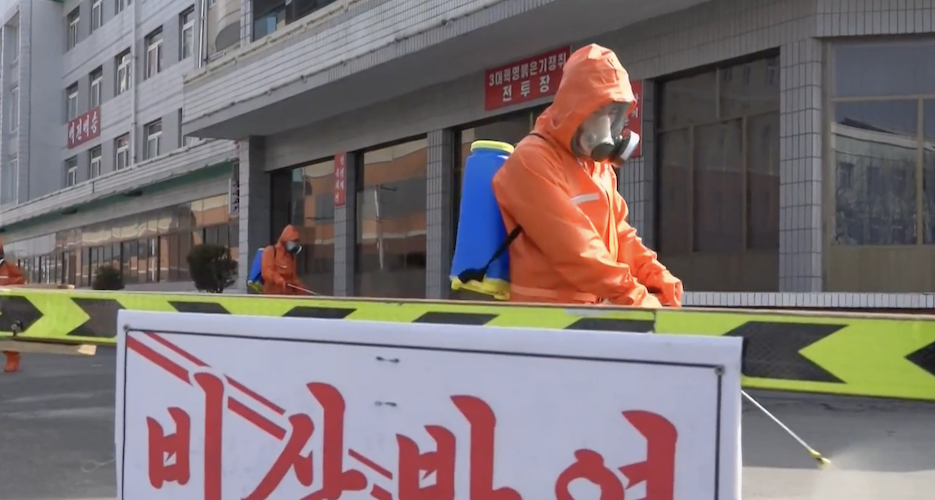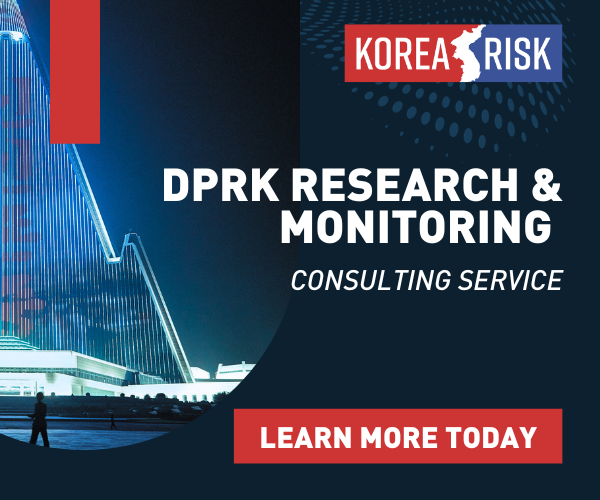Nine months have passed since North Korea shut down its borders in Jan. 2020 to prevent the spread of COVID-19 — a swift move that came just when the world was starting to talk about the virus, and far before it ravaged millions of lives.
Now, the country has introduced a new “Emergency Quarantine Law” that hashes out different levels of disease-related red alerts and COVID-19 countermeasures, including detailed guidelines for handling patients who test “positive” for general infectious diseases.
Nine months have passed since North Korea shut down its borders in Jan. 2020 to prevent the spread of COVID-19 — a swift move that came just when the world was starting to talk about the virus, and far before it ravaged millions of lives.
Now, the country has introduced a new “Emergency Quarantine Law” that hashes out different levels of disease-related red alerts and COVID-19 countermeasures, including detailed guidelines for handling patients who test “positive” for general infectious diseases.
Become a member for less
than $5.75 per week.
Unlimited access to all of NK News: reporting, investigations, analysis
The NK News Daily Update, an email newsletter to keep you in the loop
Searchable archive of all content, photo galleries, special columns
Contact NK News reporters with tips or requests for reporting
Get unlimited access to all NK News content, including original reporting, investigations, and analyses by our team of DPRK experts.
Subscribe now
All major cards accepted. No commitments – you can cancel any time.












